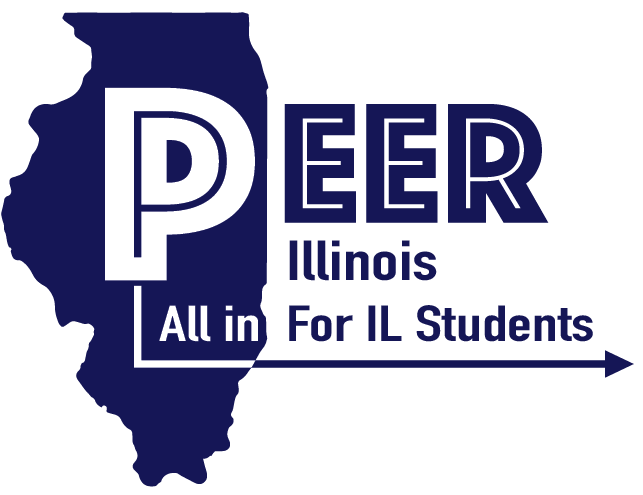Destabilizing public education is not big or beautiful
Across the country, increased funding for public schools is the overwhelming choice of parents when considering what is best for their children and communities. The Federal administration’s policy initiatives and the newly passed “Big Beautiful Bill”, the massive federal budget, move us in the wrong direction.
This administration is putting all of us, especially vulnerable communities at risk. Their recent actions to withhold more than $6 billion of education funds previously approved by Congress which would disproportionately impact students in lower wealth districts as well as English Language Learners and migrants students. Meanwhile, the newly passed Budget Reconciliation Bill includes nearly $1 trillion in cuts to Medicaid and other critical programs that keep our communities healthy. Additionally, initiatives like the nationwide tax credit scholarship program buried in this “Big Beautiful Bill” is another attack on public education and threatens to further destabilize already underfunded public school systems nationwide.
Supporters of voucher programs claim that their opponents view private schools as a threat. Let’s be clear that insisting public tax dollars be used to support our public school system simply means public money should be used for public goods.
Illinois lawmakers allowed the Invest in Kids Act to expire because parents in our state care deeply about education equity. Voucher programs, whether they are tax-credit scholarships, Education Savings Accounts, or school vouchers, are all part of the effort to privatize education and divert funds away from our public school system. These programs lack oversight, accountability, and are not obligated to serve all students fairly. It’s not just Illinois — voucher programs remain unpopular among voters across the country. In 2024, voters in three states rejected efforts to expand school choice programs. A recent poll showed that both Republican and Democrat voters want to increase funding for public schools rather than increase funding for voucher programs.
The Partnership for Equity & Education Rights (PEER) and 31 education advocacy groups across 19 states, have published a new report Public Dollars for Private Schools: The State of Vouchers in 2025. Despite the belief that vouchers support our most vulnerable students, this report reveals how students that are most in need do not benefit from voucher programs.
For example, in Florida, 69% of new voucher recipients were already enrolled in private school and only 13% left their public schools to enter the program. In Arkansas, only 5% of recipients in 2023-2024 transferred from public schools. In Wisconsin, 80% of voucher recipients had never attended public school.
It’s time to take off the rose-colored glasses on vouchers. Despite the illusion that vouchers create opportunity and choice, the reality is that private schools are harder to access for the low-income, marginalized students that are so often put forward as the beneficiaries of vouchers. Private schools receiving vouchers are often exempt from key protections that apply to public schools such as transparency laws, the Individuals with Disabilities Education Act, and civil rights laws that protect students from discrimination. Additionally, in many rural areas, private schools are not accessible, leaving students without private means of transportation with no choice but to attend underfunded public schools while resources are funneled to private schools they cannot even access.
As of the 2021-2022 school year, 90% of the country’s roughly 54.6 million K-12 students attend public schools. Public schools are the heartbeat of our communities. Parents only seek opportunities outside of their neighborhood schools because they are forced to due to persistent underfunding.
The public is not asking for more voucher programs - they are asking for excellent, fully resourced public schools — and Illinois is far behind full funding. PEER Illinois, a statewide advocacy coalition, has cited the current Evidence-Based Funding gap at $5 billion. Diverting public funds to voucher programs will delay our ability to close this gap.
As a country we must ask ourselves — do we believe every child deserves a high-quality education regardless of their zip code, gender, race, and socioeconomic status?
If the answer is yes and we want to lay the groundwork for a better future for our youth and our country, then now is the time to drive reinvestment into the public school system.
